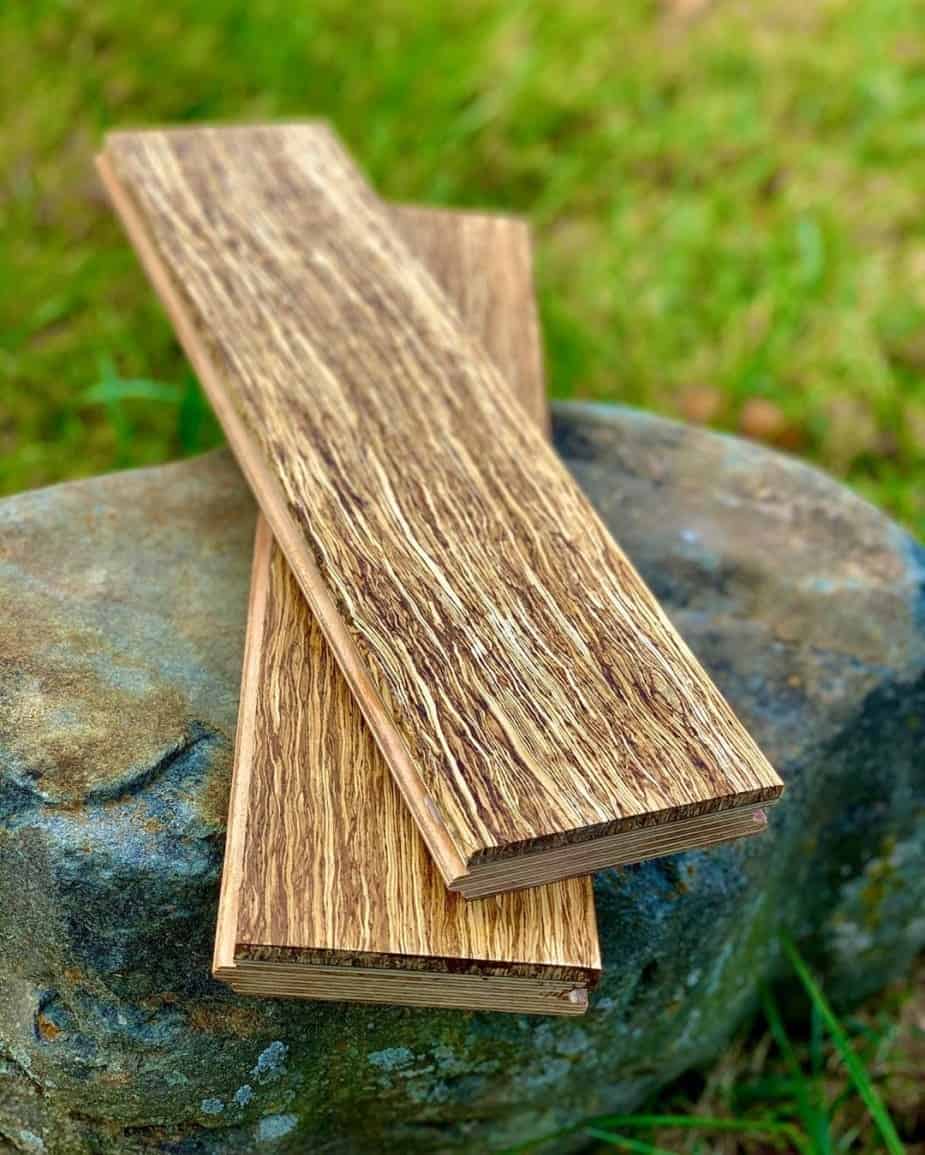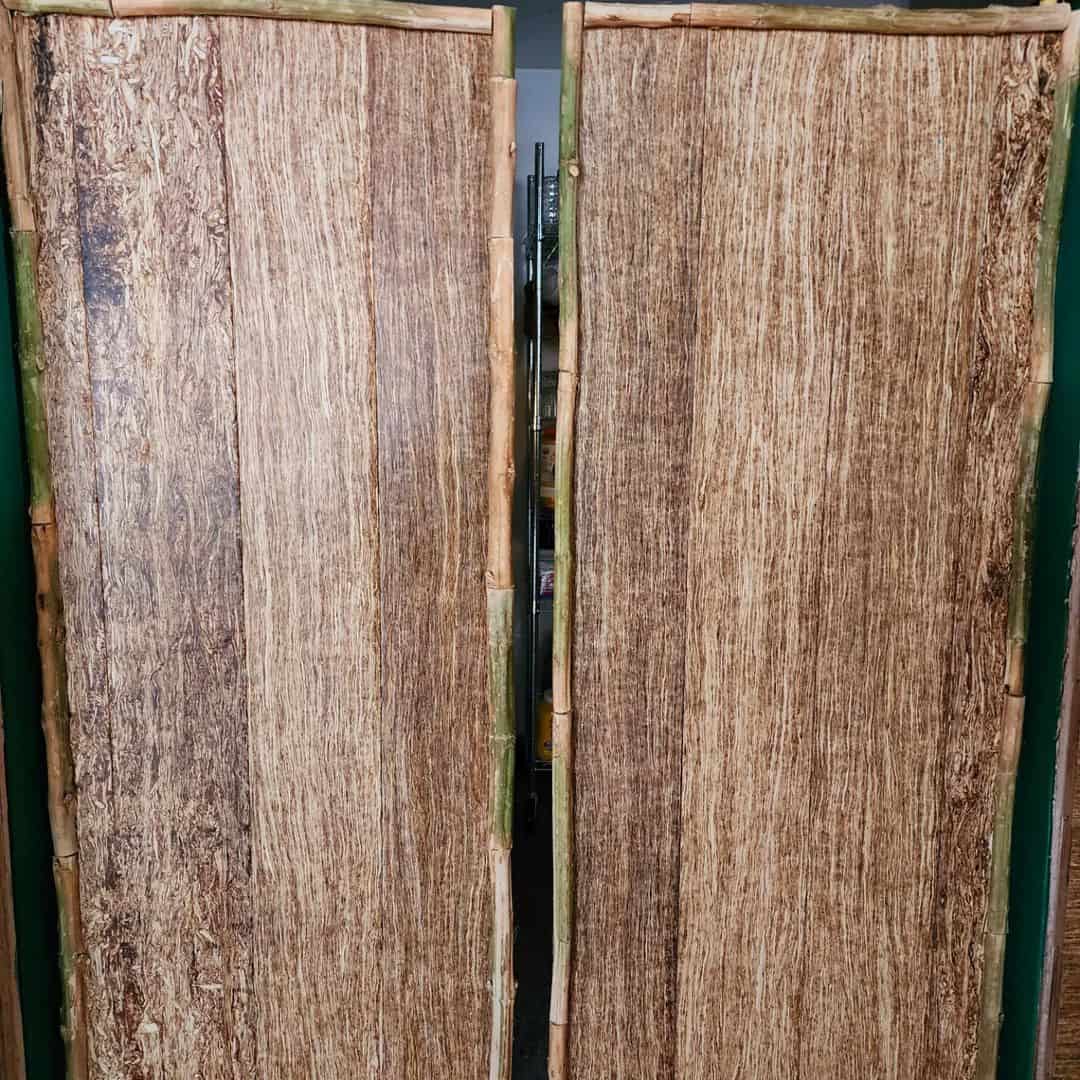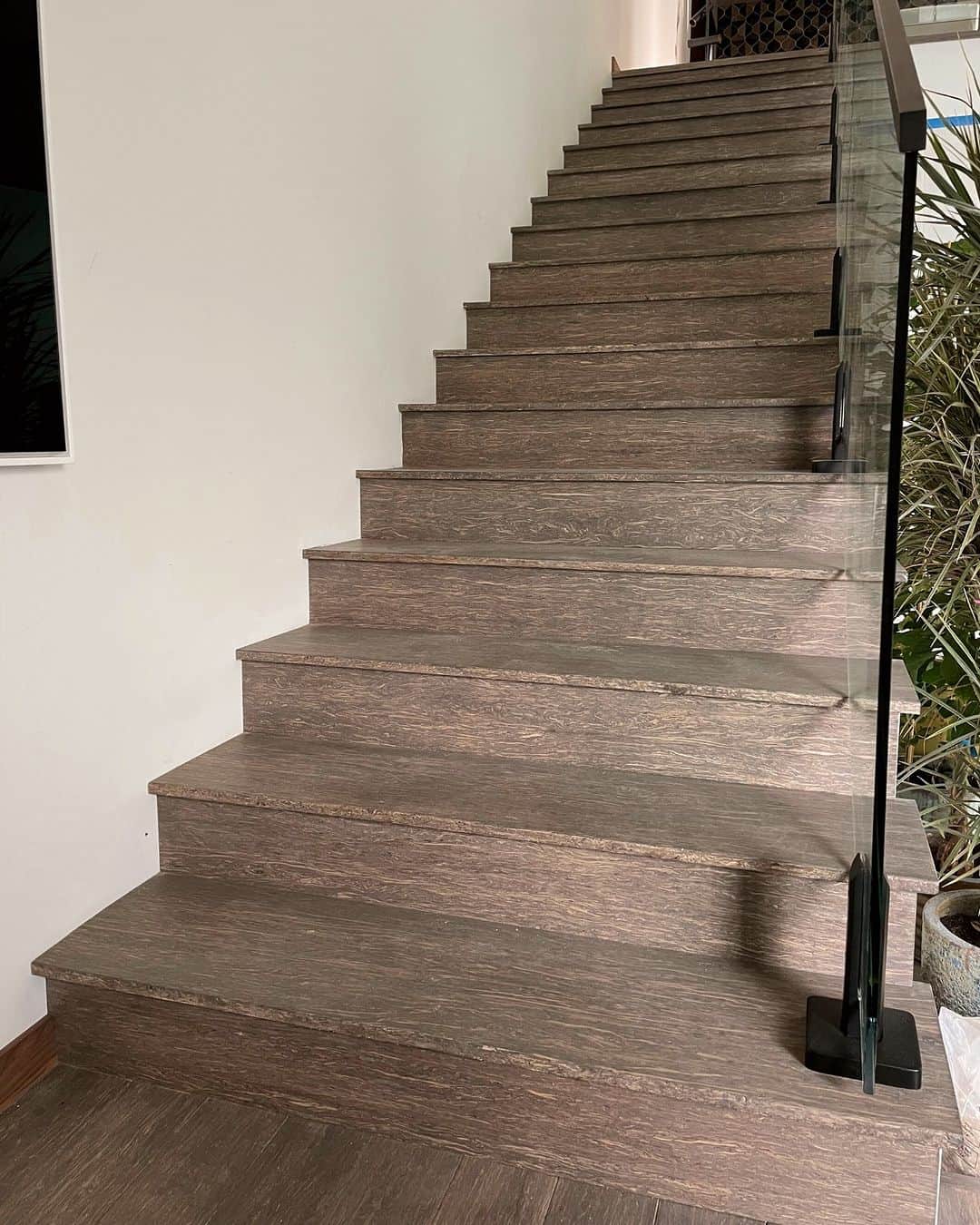Hemp wood has been slowly but surely making itself known as a viable and eco-friendly alternative to wood as a building material. Even before the US government allowed hemp cultivation back in 2018, hemp and hemp wood had been researched by the Fibonacci company.
Now, hemp wood has established itself as a wood alternative that proves superior in some ways, and competitive in the rest. If you haven’t heard anything about it, then you’ve stumbled upon the perfect article that will talk all about hemp wood as a building material.
Table of Contents
Hemp as a Building Material
Hemp has had an infamous reputation due to its relation with marijuana. Cannabis sativa both refers to hemp and the cannabis plant from which marijuana is produced. However, hemp is a cultivated variety that exhibits significantly lower concentrations of THC (around 0.3%), making it safe for use for any industrial application.
The earliest known use of hemp as a building material was back in the 6th century when a bridge abutment in France has been found to be made with hemp-lime mortar. Later on, French restorationists would improve upon this formulation and develop hempcrete.
Hempcrete is made by mixing hemp hurds with a lime-based binder and water. Originally developed to repair timber-based buildings, hempcrete has been extensively used as an insulator and breathable covering on existing walls.
Hemp Companies
Many companies have been offering hemp as a building material. 8th Fire Innovation in Alberta, Americhanvre in Pennsylvania, and UK Hempcrete have been offering building services that primarily utilize hemp and hempcrete.
In Canada, a company called Just BioFiber has been producing hempcrete blocks. These blocks have been touted to be highly fire-resistant and mold-resistant, capable of reaching 1500 degrees Fahrenheit without breaking a sweat.
Hemp coreboard has also been used by the company Sunstrand to make several finished products. These hemp boards have been applied with a fire-retardant treatment, making them also less susceptible to mold and pest infestations. These boards have seen usage in cabinetry, shelving, and furniture.
Hemp Wood and its Makers
Greg Wilson, then a co-owner of SmartOAK, a company that makes engineered wood, took interest in hemp once it was legal to do research on it back in 2014. In SmartOak, they were able to make engineered wood from pieces of plants that were too small to be made into planks.
He aimed to study the algorithm of a tree and study its hardness and stability, reverse-engineer these traits, and replicate them with fibers of another plant and protein-based bonding agents. Hemp fit the bill quite well, especially with his own considerations of sustainability.
He developed HempWood, which Wilson claims is 20% denser than oak, one of the most popular woods used for building, which is also the same tree they used to study as the framework of HempWood.
Despite this amazing product, it was not until the 2018 farm bill of the US was passed that hemp wood truly took off as a building material. Before the bill, it was illegal to grow all cannabis plants, including hemp. After the bill was passed, Wilson built the startup Fibonacci Company in 2019, which now leads the production of hemp wood.
Benefits of Hemp Wood

As an engineered wood, hemp wood was developed to provide certain benefits that make it an attractive alternative to popular wood options. Here are some of the main selling points of hemp wood:
1. Durable
As stated above, hemp wood is scientifically engineered to be 20% harder than oak. It has a density of around 50 pounds per square inch and a rating of over 2000 on the Janka hardness test. For reference, red oak rates 1290 on the same scale.
Hemp wood also has comparable stability to jatoba or Brazilian cherry, another hardwood that’s considered to be one of the most durable.
2. Environmentally Friendly
Hemp is relatively easy to grow. It only takes around 4-6 months from seed plantation for a hemp plant to be ready for harvest, requiring less fertilizer than other cash crops like corn.
When compared to oak’s maturity period of around 60 years, hemp is significantly more renewable.
Hemp is also highly bug-resistant, so it uses almost no pesticides. Additionally, hemp plants consume a lot of plot area because of their long roots. These long roots improve soil quality and air circulation in the ground.
Plus, hemp is known to sequester a lot of carbon throughout its lifetime. By the time it’s ready for harvest, a hectare of hemp would have sequestered 22 tons of carbon, 4 times more than a tree forest of the same land size would have taken in.
Hemp wood has also been developed with eco-friendliness in mind, so it is naturally non-toxic and does not contain any harmful volatile organic compounds or VOCs.
3. Sustainable
The area hemp plants need to grow produces usable material more efficiently than oak trees. One acre of hemp plants can produce the same amount of fiber as four acres of oak trees. Plus, the rest of the parts of the hemp plant can also be used to produce other products such as oil.
Add in the fact that they can grow in almost any climate, and oak, and most hardwood, pales in comparison in terms of sustainability.
4. All the Resistances You Need
Wilson’s HempWood has been tested against US regulations for fire resistance, slip resistance, and scratch resistance testing requirements for residential and commercial applications, making it a truly viable alternative for indoor flooring.
Cons of Hemp Wood

Despite all the good things listed about hemp wood, there are still challenges that hemp wood faces before it truly reaches mainstream popularity as a building material.
1. Biases Against Its Origins
Although the 2018 bill did help alleviate these issues, hemp wood still carries with it the biases of being a cannabis-based product. For example, Wilson’s company cannot ship HempWood internationally due to regulations, and banks refuse to do wire transfers when the invoice contains “hemp.”
Industrial hemp has already been proven to not cause the same effects as the usual cannabis since it has been specifically cultivated to have a significantly lower THC concentration.
The 2018 bill has been one of the greatest steps toward reversing public opinion about hemp. Once the general public has been educated and opinions about hemp change, it will definitely allow hemp to finally break into the mainstream.
2. Not As Water-Resistant As Other Alternatives
Because of its dedication to sustainability and eco-friendliness, hemp wood is primarily developed with an organic soy-based adhesive. This means that it is not as water-resistant as other lumber alternatives, making it incompatible with external use.
However, a variation exists using acrylic as an adhesive instead, which may be more water-resistant than the original formulation.
3. Cost
When looking at it from a purely financial point, HempWood only becomes compelling when you are comparing it with oak. HempWood retails for around US$8 per square foot, while American white oak is around US$8-12 per square foot.
Although it is priced competitively when compared to hardwood, it is still not as cheap as many inexpensive flooring options, and even against other similar engineered wood. Of course, sustainability and eco-friendliness often come with their own price tag, which goes into the final price of hemp wood.
Uses of Hemp Wood

Now that your interest has been piqued, you might wonder what uses hemp wood have for your house. Given its durability, the first option is definitely a framework for the house. Hemp wood is originally available as blocks and boards, which can be used as construction material for the framework.
As of the moment, however, Wilson and his company Fibonacci are putting their efforts into their main product, which is HempWood flooring. It sports all the benefits listed above and can be treated like any other hardwood flooring, making them the flagship face of hemp products.
If you are looking for a more sustainable alternative to hardwood flooring, you don’t need to look further than hemp wood.
Fibonacci has also been in the business of making interior face-grade furniture. Table tops and desk kits made of hemp wood are readily available, which boasts an incredibly smooth surface that an oak table cannot match.
These HempWood are available in two cuts, a rift saw that has a parallel grain, and a plain saw that offers a marbled appearance akin to spalted maple.
Conclusion
Although hemp building materials have had their fair share of struggles in gaining mainstream attraction, they have surely built a reputation for being an amazing alternative to hardwood, especially in interior building.
Fibonacci has procured an 11,000-square-foot facility in Kentucky, which should help the company meet the demands for hemp wood once it takes off. With over 40,000 acres of hemp to be grown, hemp wood will be ready for everyone to try and use for their houses.
If you are an advocate for sustainable building, then you should be on the lookout for hemp-building products. Their potential is burgeoning, and once the dust settles, they will prove to be the competition that will shake the hardwood industry.